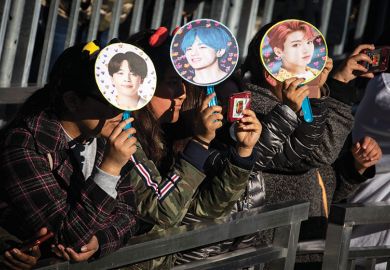Although the modern theatre of Bengal depicted in this book derives from the colonial period, Bengal has had a vibrant folk-theatre tradition with very popular operatic songs since antiquity. Itinerant jatra players have enacted stories from the two Indian epics, The Ramayana and The Mahabharata , on village stages for centuries. Television and video have yet to kill the jatra entirely. But in the 19th century, the English-educated classes of Calcutta began to spurn jatra and to hail the western-style proscenium stage with dramatic lighting and lavish sets.
The earliest Calcutta performances of plays in this style, including Shakespeare, were in English and were very much European affairs, with no native actors and hardly any Bengali spectators. The first such production in Bengali was actually produced by a Russian, Gerasim Lebedof, in 1795. But with the active interest in the 1830s and 1840s of influential Bengalis such as the wealthy "Prince" Dwarkanath Tagore (grandfather of Rabindranath Tagore), theatre in the Bengali language began to develop in earnest.
In 1848, when a Bengali, Baishnav Charan Auddy, appeared in the lead role in Othello , the Calcutta Star wrote that the "debut of a real unpainted nigger Othello" had set Calcutta "agog". Later 19th-century highlights included original plays by Michael Madhusudan Dutt and plays translated into Bengali from Sanskrit, as well as English and French, by Jyotirindranath Tagore (the gifted elder brother of Rabindranath). There was also Nildarpan by Dinabandhu Mitra, first performed in 1872, which portrayed the inhuman oppressions of the indigo planters; it was a "protest" play - the earliest to stir up mass anti-colonial feeling. And from 1877 to the 1930s, Rabindranath Tagore acted in, wrote and directed plays, some of which are still performed today. His innovative stage-settings, music and costume designs have left a lasting influence on Bengali "art" theatre.
But it was the founding of India's first notable anti-Fascist dramatic group, the Indian People's Theatre Association (IPTA), in the 1940s, by the Communist Party of India, that launched the modern movement in Calcutta theatre. IPTA's travelling performances on makeshift stages all over Bengal attracted huge crowds during 1944-45. Many progressive, talented Bengali intellectuals such as the playwright and actor Utpal Dutta and the director Sambhu Mitra - both of whom feature strongly in Dramatic Moments - cut their dramatic teeth in the IPTA movement. Not surprisingly, political issues preoccupied most of the best non-professional theatre groups, especially in the 1960s: they translated and adapted works by Dostoyevsky, Brecht, Ibsen and Gorky.
At the same time, the professional "West End-style" theatre became more and more spectacular, using cinema stars, gimmicky lighting and intrusive sound effects. Audiences came in droves to watch a realistic stage suicide under a passing train and other grand illusions.
The increasing sophistication of special effects in the cinema, the crassness of the plots and the speculative behaviour of financiers have killed off the professional theatre in Calcutta. But the non-professional theatre is still active, despite a lack of good directors. The Bengali passion for both sides of the footlights will not die. In London, for instance, Bengali plays are regularly staged at weekends in disused theatres or damp church halls, where a general practitioner of medicine and even a Harley Street consultant can be seen dressed up as a humble domestic servant in a Bengali farce or musical. To perform in Bengali is regarded as a stress-relieving therapy as well as a way of flying the flag of a fine theatrical tradition.
Dramatic Moments is a notably well-produced album of photographs of the Calcutta theatre, the most significant, non-English-language stage tradition in modern India, shot by the well-known Bengali photographer Nemai Ghosh (who was once a stage actor). Interspersed with quotes from interviews, memoirs, directors' notes and poems and dealing with Bengali stage personalities, writers, technicians, theatre critics and others, the book contains some stunning images covering most of the peak years of "art" theatre in Calcutta, from the 1960s to the 1990s. I wish, though, that the photographs had identified the actors, not just the productions; and the "theatrography", although good as far as it goes, is not sufficient for those who are not already familiar with Bengali theatre.
Krishna Dutta is a freelance scholar specialising in Bengali culture.
Dramatic Moments: Photographs and Memories of Calcutta Theatre
Author - Nemai Ghosh
ISBN - 81 7046 1561
Publisher - Seagull Books, Calcutta
Price - £30.00
Pages - 191
